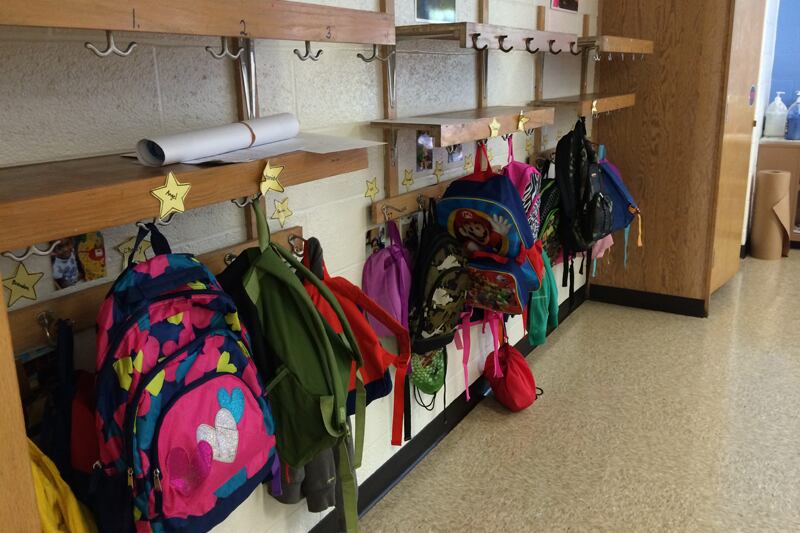In my more than 30 years of experiences in roles from classroom teacher to Washington Township superintendent, I’ve learned that there are no simple solutions to complicated problems.
Re-opening our public schools is one of those complicated problems. Let’s face it: Indiana is not going to recover economically until our more than one million school children go back to school. “Who will care for my children when I’m back to work?” needs an answer, or our efforts to restore the economy will fail.
Getting students back into school buildings, though, is going to be tougher than many realize. If I were a superintendent today, I would be assuming that at least 25% of the parents in my district would be reluctant to send their kids to school because they don’t think schools will be safe. I’d bet the percentage would be similar for employees, from teachers to bus drivers, custodians, and food service employees. Parents do not knowingly put their children in dangerous places, and teachers and staff do not want to work in dangerous places, either.
While no one can guarantee our schools will be completely safe in the months ahead, school districts and the state must do their best. Testing for the virus will be critical to controlling the fear factor and reassuring parents, children, and staff, and so to move forward, we’re going to need public schools to be the cornerstone of the state’s coronavirus testing program.
My suggestion? Starting a month before the first scheduled day of school in each district, state and county health officials should be working with schools to offer drive-through testing for each student, staff member, and their family members in the school parking lots and driveways. The data gathered should be used to guide the state’s response to the virus.
That process will be costly and only possible if the state invests heavily in testing kits, masks, and thermometers. However, compared to the economic reality of a shut-down economy, these costs should be viewed as an investment.
While we have heard experts talk about abstract concepts such as mortality rates, I can tell you that the loss or serious illness of a student or staff member is not an abstraction in a school community. It’s something that the entire school absorbs. If we just pretend we can swing the school doors open and hope for the best, I worry our students will soon have to deal with the consequences. Hope is not a strategy.
Of course, schools will have to change how they work, too. I had to deal with the H1N1 flu in a Washington Township elementary school when I served there. We worked closely with the Marion County Public Health Department and developed a plan to safeguard our kids and staff.
This time around, schools will also need a rich set of procedures about how they will handle a variety of situations associated with the coronavirus, like a child showing up with a temperature. Schools will need time to teach the procedures to staff. Masks, gloves, and hand sanitizer will be in high demand when schools re-open.
As a former high school principal, I know that the toughest part of all might be how this will require changes to sports and the other events that students, parents, and patrons love. If the NFL and NBA can figure that out, we will, too. I hope activities will be able to proceed, but only with extra safeguards like temperature checks, social distancing, and face masks.
I also hope that state and federal officials must clear away as much unnecessary bureaucracy as possible. This will allow school leaders to focus their energy on crucial questions of learning and safety, instead of standardized testing or new state mandates.
This is also not the time to reduce school funding. While most districts run tight budgets, the state budget surplus has to be seen as a rainy day fund, and it is raining.
These changes are not forever. But this is an emergency unprecedented in my lifetime, and I am old. If schools are to keep students and staff safe, there isn’t much of a choice. A solid plan for school re-opening will help return some order and normalcy into the lives of our citizens — and underscore that public schools are the cornerstone of the concept of the public good.
Now is not the time to “re-imagine” Indiana public schools. Now is the time to reopen them safely and responsibly.
James Mervilde served as a classroom teacher, high school assistant principal, high school principal, assistant superintendent, and superintendent. He led the M.S.D. of Washington Township from 2005 to 2011.








